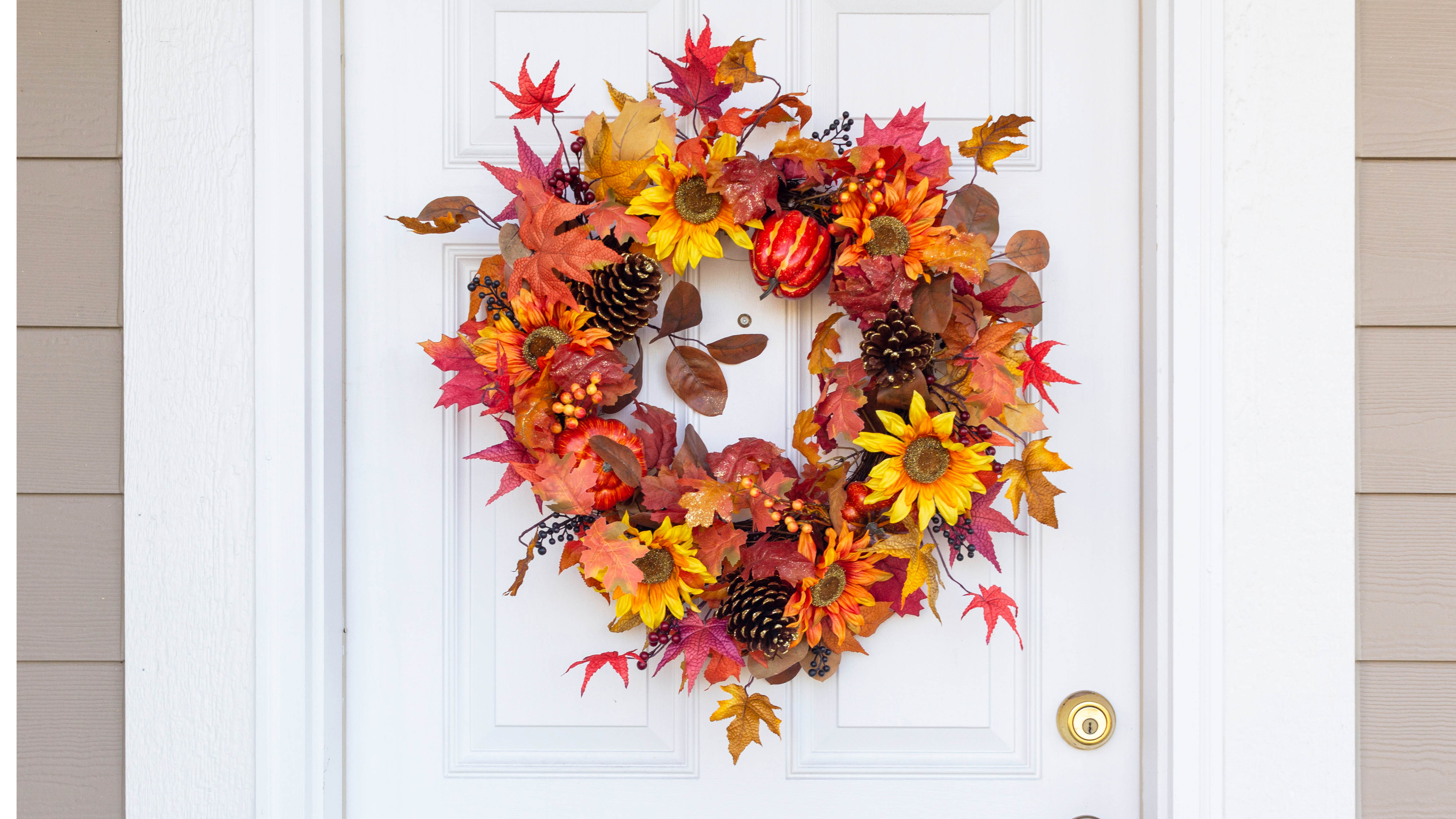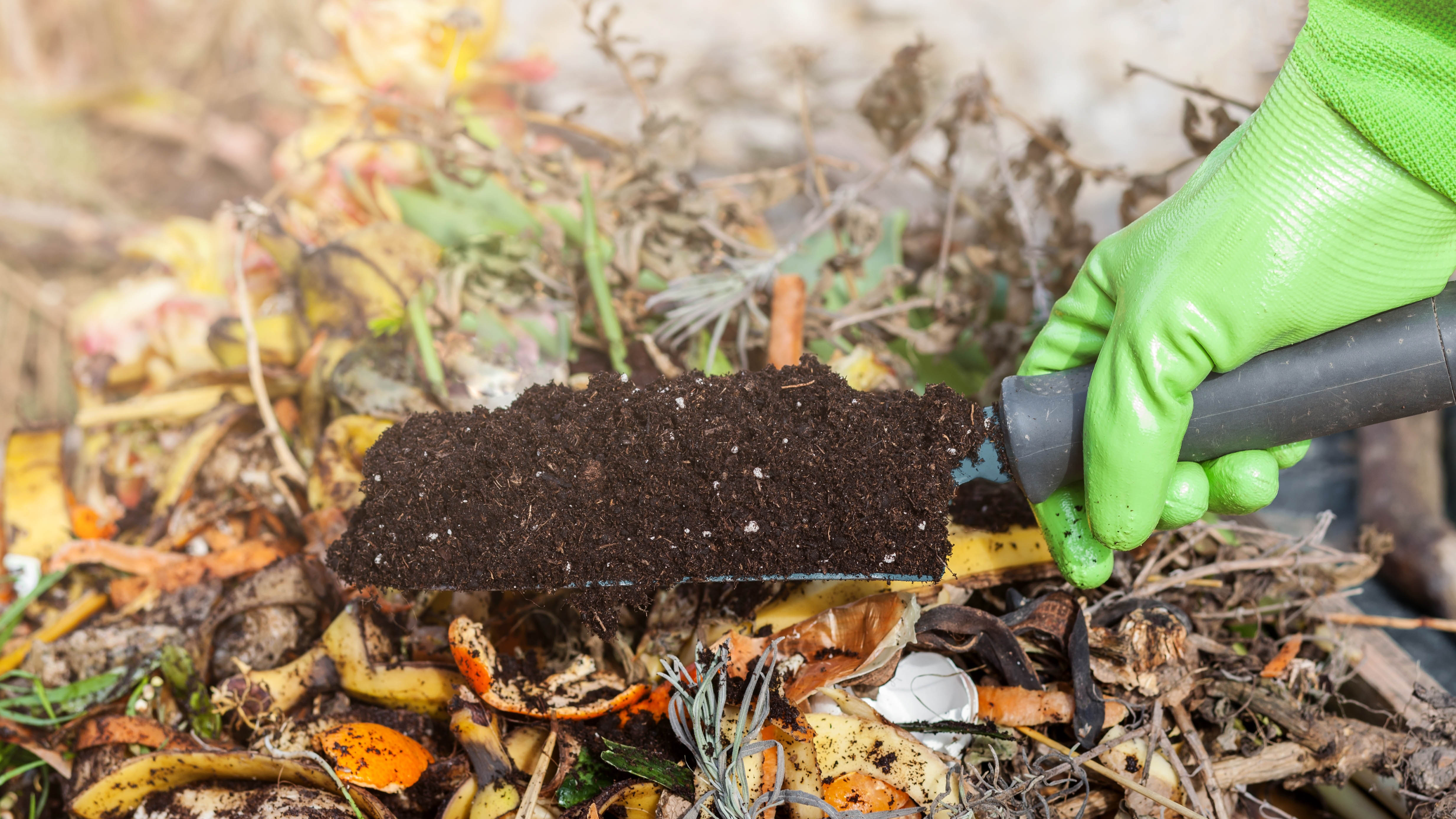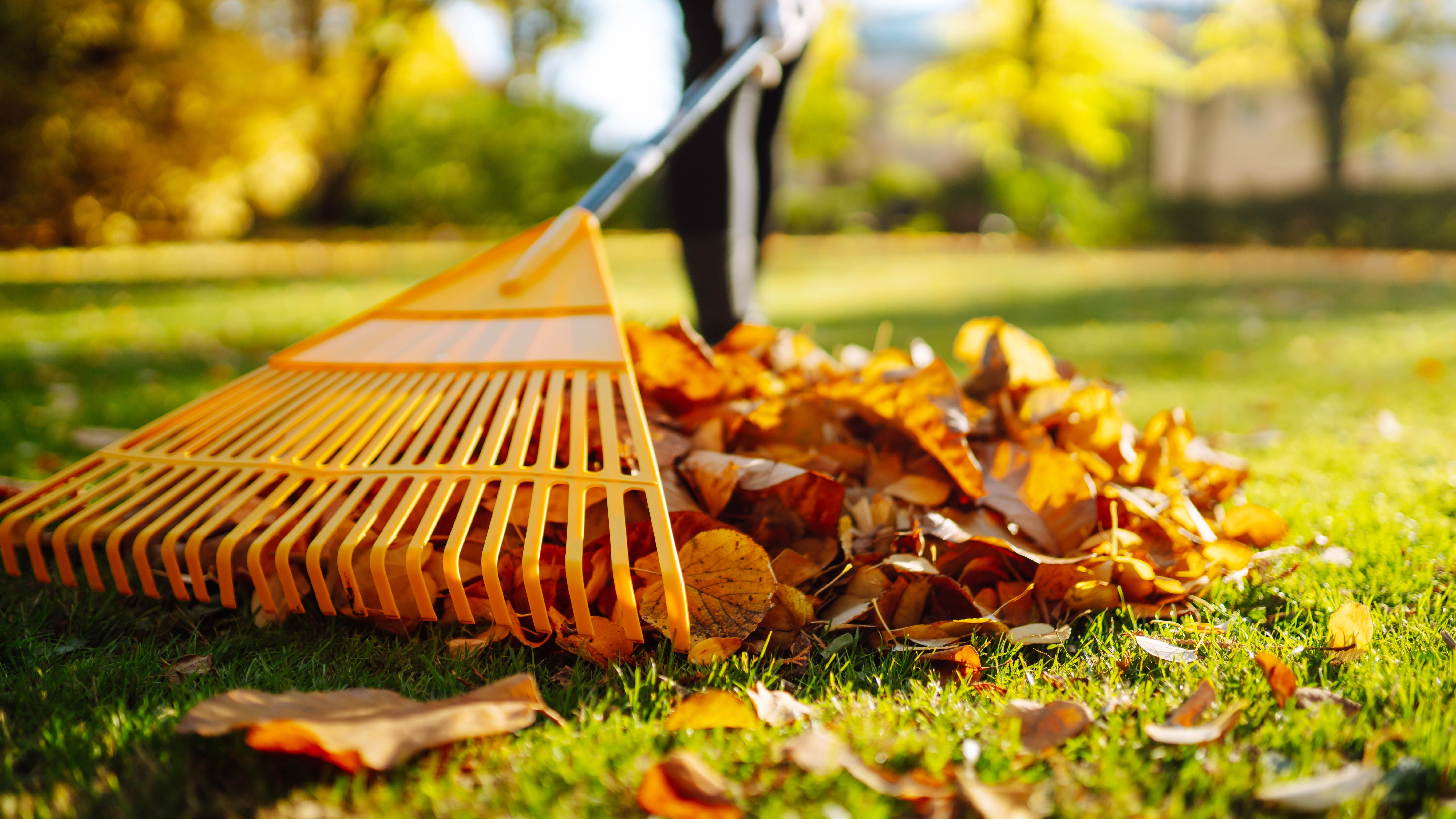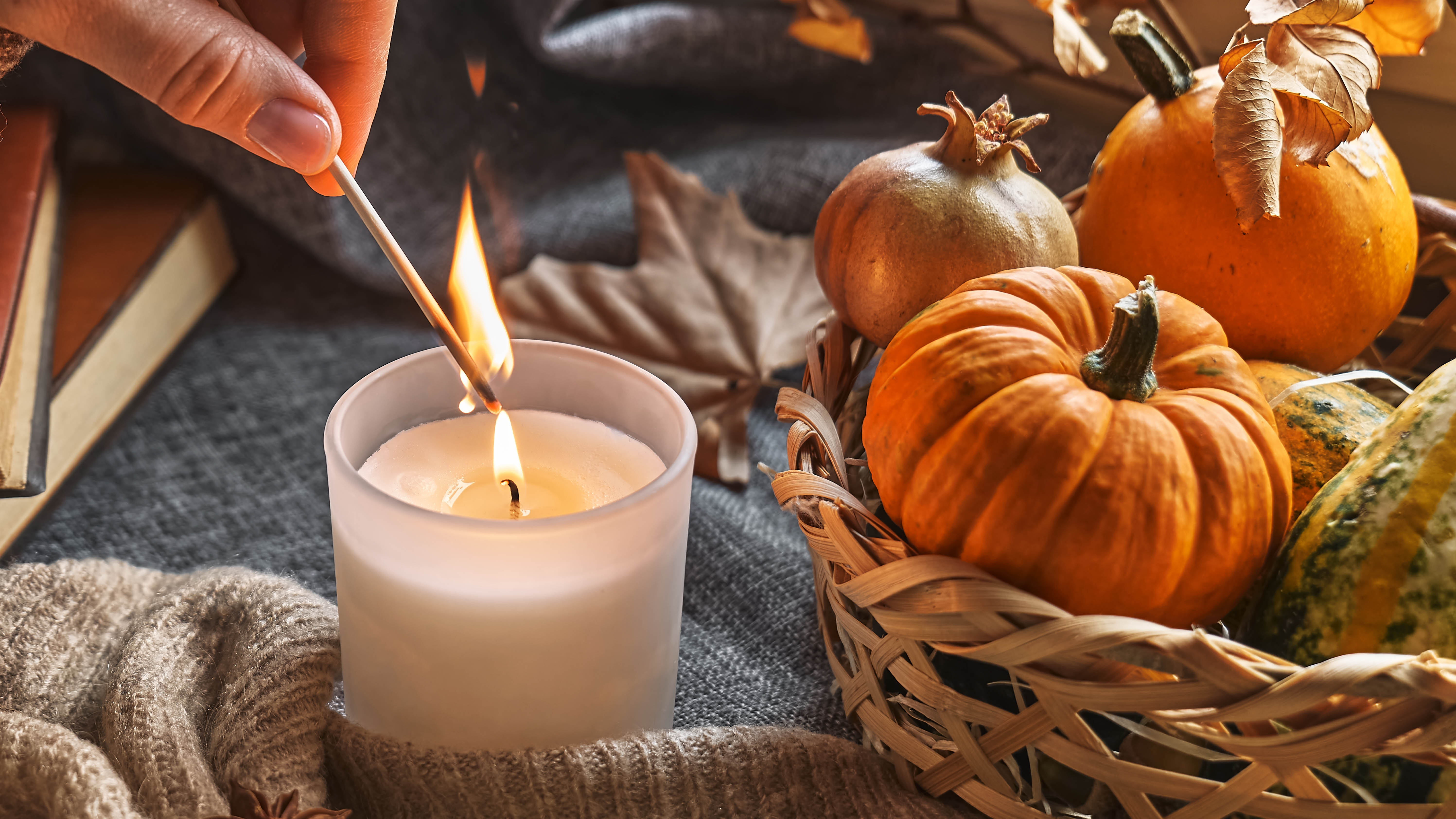7 eco-friendly ways to repurpose fallen leaves — expert-approved tips
Leaf it to the experts

As autumn leaves begin their descent, I've found myself doing the traditional garden dance: rake, slip, mutter, repeat. While wet leaves can create hazardous conditions on paths and block drains and gutters, there's a better solution than simply bagging them up. As you check out expert tips to get your yard ready for the fall, or learn how to winterize lavender to protect it from the big chill, there's one fall task that often gets overlooked: how to repurpose fallen leaves.
Before adding fallen leaves to your compost heap, consider the many creative and practical ways you can put them to use. "It's about finding creative, eco-friendly solutions for garden waste," explains Business Waste co-founder Mark Hall, whose team of waste experts has shared several innovative ways to transform autumn leaves from garden nuisance into valuable resource.
These expert-approved methods help turn a tedious cleanup into a fun opportunity for sustainable gardening. Here are seven expert-approved ways you can repurpose fallen leaves.
1. Create nutrient-rich leaf mulch

Transform your fallen leaves into garden gold by creating mulch. Simply shred or break up the leaves and spread them around your flower beds and vegetable patches.
This natural mulch not only helps retain soil moisture and suppress weeds but also creates a protective barrier against winter frost. As the leaves break down, they'll enrich your soil with valuable nutrients.
2. Craft leaf decorations

Mother Nature's art supplies are free and abundant during fall. Select the most vibrant leaves, press them between heavy books until flat and dry, then let your creativity flow.
Create seasonal wreaths, string them into garlands, or frame them for wall art. They also make beautiful additions to candle holders or seasonal table settings.
3. Make leaf mould for compost

Think of leaf mould as nature's slow-cooking compost. Gather your leaves into a damp pile and let them decompose over the year.
The result? A rich, crumbly soil conditioner that garden plants absolutely love. It's one of the easiest ways to improve your soil's structure and water retention.
4. Build a leaf play area

Turn yard work into playtime by creating an outdoor adventure zone with fallen leaves. Shape them into fun obstacle courses or mini mazes — the kids will love it!
Not only does this provide hours of entertainment, but it also helps children connect with nature during the changing seasons.
5. Make a DIY leaf-scented Candle

Bring fall indoors by creating seasonally scented candles. While you can't add leaves directly to wax, you can capture their essence by combining fall-inspired essential oils such as cinnamon or clove.
Decorate the outside of your candle holders with pressed leaves for an extra seasonal touch.
6. Create natural Dyes

Put those colorful leaves to work in your crafting projects by turning them into natural dyes. Different leaves create varying shades when boiled — experiment with maples for reds, birch for yellows, and oak for browns.
It's a fantastic eco-friendly alternative for dyeing fabrics or creating watercolor-style art.
7. Insulate your plants

Save money on commercial frost protection by using nature's own insulation. Pack fallen leaves around delicate plants and container gardens to create a protective winter blanket.
This natural method is particularly effective at protecting root systems from freeze damage, and it's an excellent way to use up large quantities of leaves that might otherwise go to waste.
Now you've learned how to repurpose fallen leaves, discover how to get the best out of your pruning shears for other fall-related tasks. Planning ahead? Check out 7 flowers to plant in October for beautiful winter blooms and 5 plants to attract bees and other pollinators to your yard for a garden that thrives all year round.
Get instant access to breaking news, the hottest reviews, great deals and helpful tips.

Kaycee is Tom's Guide's How-To Editor, known for tutorials that skip the fluff and get straight to what works. She writes across AI, homes, phones, and everything in between — because life doesn't stick to categories and neither should good advice. With years of experience in tech and content creation, she's built her reputation on turning complicated subjects into straightforward solutions. Kaycee is also an award-winning poet and co-editor at Fox and Star Books. Her debut collection is published by Bloodaxe, with a second book in the works.
